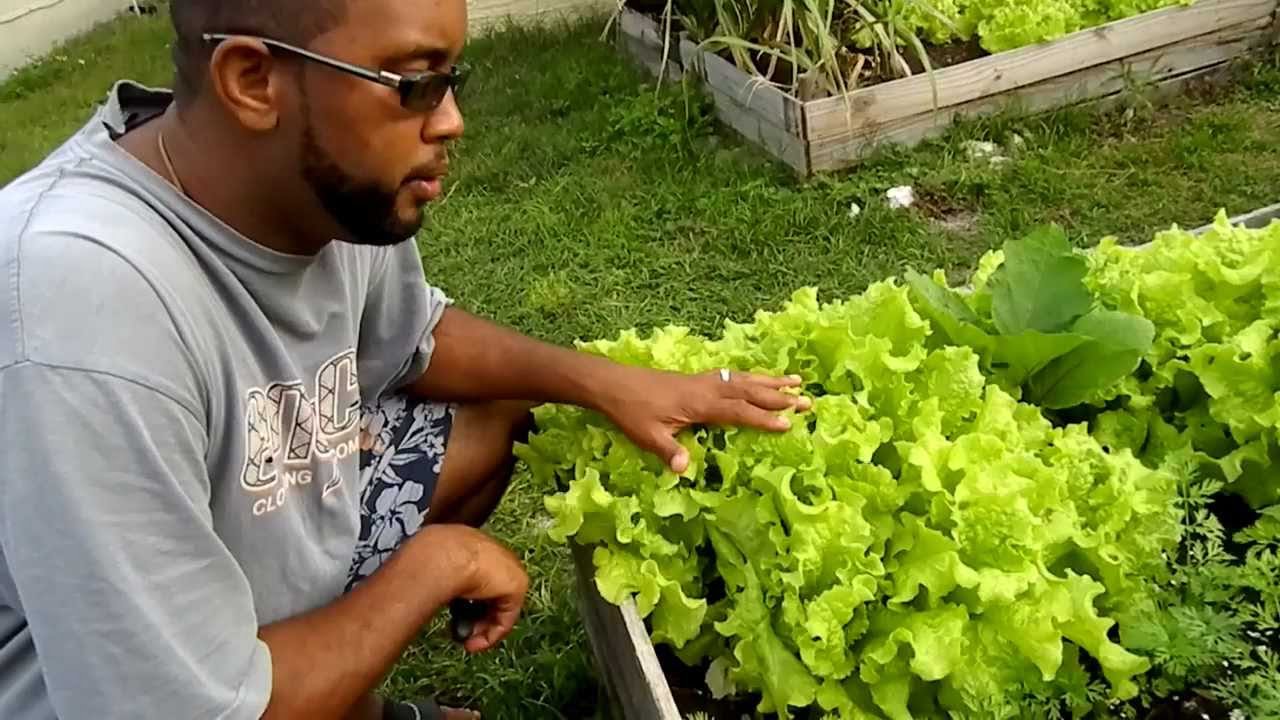So, you’ve decided to try your hand at growing some Black Seeded Simpson Lettuce in your own garden. Good choice! This article is here to help guide you through the process of harvesting this popular lettuce variety. We’ll uncover the perfect timing to pick your lettuce, ensuring maximum flavor and freshness in every bite. Whether you’re a beginner or a seasoned gardener, this guide will provide you with all the tips and tricks you need to know to successfully harvest your Black Seeded Simpson Lettuce. So, let’s get started!
A Guide to Harvesting Black Seeded Simpson Lettuce
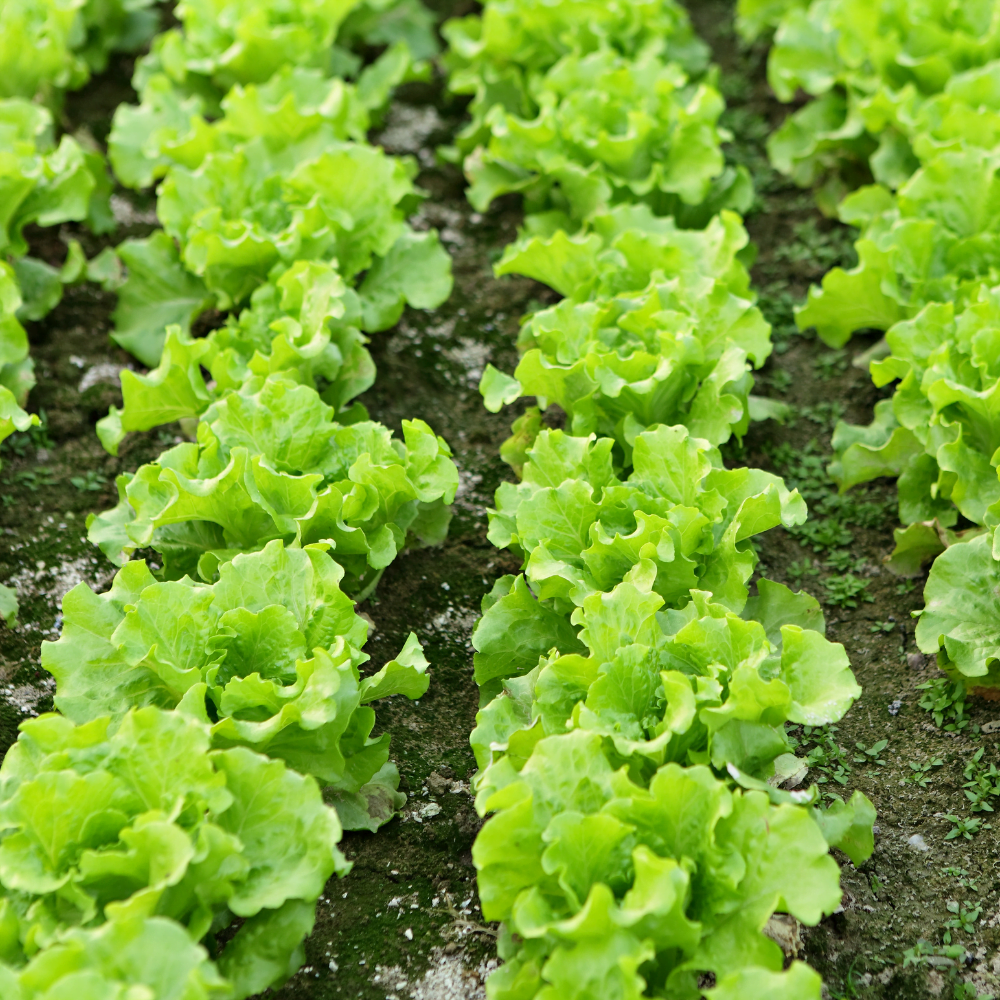
Understanding Black Seeded Simpson Lettuce
Black Seeded Simpson lettuce is a popular variety of lettuce known for its tender leaves and mild flavor. It is one of the earliest types of lettuce to be harvested and is commonly used in salads and sandwiches. This lettuce has loose, light green leaves that are easy to grow and harvest. It is an ideal choice for beginner gardeners or those looking to add a versatile leafy green to their garden.
Planting Black Seeded Simpson Lettuce
Choosing the Right Location
Before planting Black Seeded Simpson lettuce, it is important to choose the right location in your garden. This lettuce variety prefers a spot with full sun or partial shade. It can tolerate some heat, but it is best to avoid planting it in areas that receive intense afternoon sun. Additionally, ensure that the location has well-draining soil to prevent waterlogged roots.
Preparing the Soil
To prepare the soil for planting, remove any weeds or debris from the area. Black Seeded Simpson lettuce grows best in soil that is rich in organic matter. Add compost or well-rotted manure to improve the soil’s fertility and drainage. Use a garden fork or tiller to mix the compost or manure into the top few inches of soil.
Sowing Black Seeded Simpson Lettuce Seeds
Black Seeded Simpson lettuce can be grown from seeds. Sow the seeds directly into the prepared soil, spacing them about 6-12 inches apart. Plant the seeds at a depth of 1/4 to 1/2 inch. If you prefer to start the seeds indoors, you can transplant the seedlings once they have developed a few true leaves.
Watering and Fertilizing
After planting the seeds, water the soil thoroughly to ensure proper germination. Throughout the growing season, it is important to keep the soil consistently moist. However, be careful not to overwater, as this can lead to root rot. Apply a balanced liquid fertilizer every two weeks to promote healthy growth.
Monitoring the Growth
Black Seeded Simpson lettuce grows relatively quickly, so it is important to monitor its growth. Keep an eye out for any signs of pests or diseases, such as aphids or leaf spot. Regularly inspect the leaves for discoloration or wilting. Pruning any damaged leaves or removing affected plants can help prevent the spread of pests or diseases.
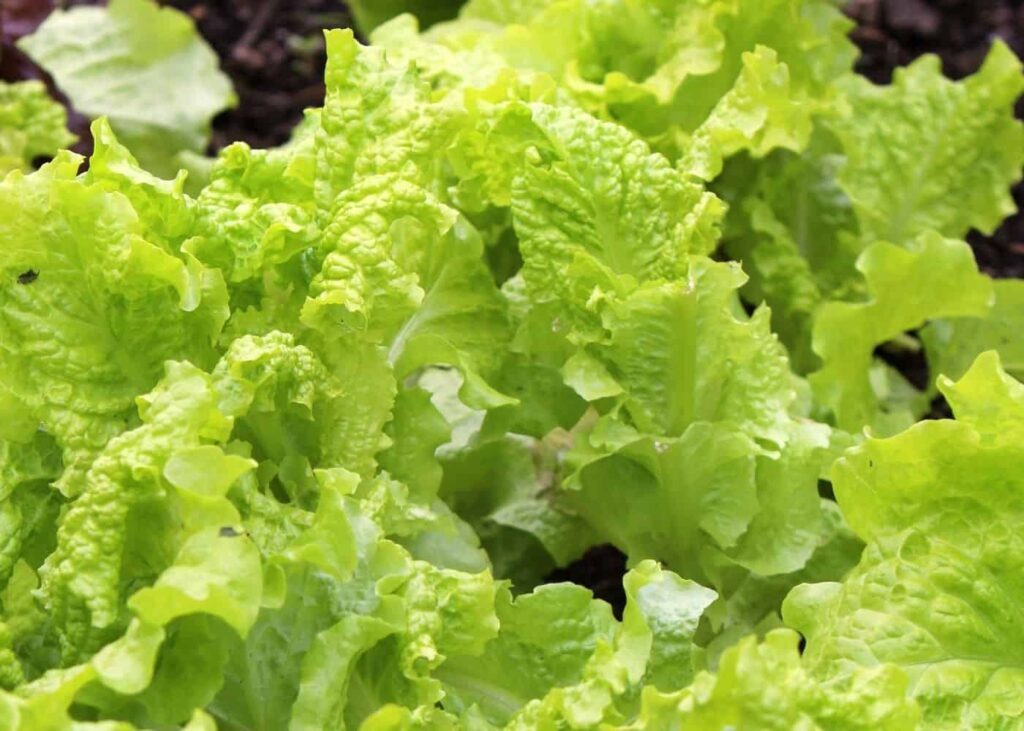
Caring for Black Seeded Simpson Lettuce
Providing Adequate Sunlight
Black Seeded Simpson lettuce requires at least 6 hours of sunlight each day to thrive. Ensure that the plants are placed in a location where they will receive the required amount of sunlight. If you are growing the lettuce indoors or in a partially shaded area, consider using grow lights to supplement the natural light.
Maintaining Optimal Temperature
This lettuce variety prefers cool temperatures, ideally between 60-70°F (15-21°C). Hot weather can cause the lettuce to bolt or become bitter. If you live in a region with hot summers, consider planting the lettuce in spring or fall when temperatures are cooler. Providing shade or using row covers can also help protect the lettuce from extreme heat.
Watering Regularly
Proper watering is essential for the growth of Black Seeded Simpson lettuce. Aim to keep the soil consistently moist, but not waterlogged. Water the plants deeply, ensuring that the water reaches the root zone. Mulching around the plants can help retain moisture in the soil and regulate the temperature.
Protecting from Pests and Diseases
Black Seeded Simpson lettuce is relatively resistant to pests and diseases. However, it is still important to monitor the plants for any signs of trouble. Common pests that may affect lettuce include aphids, slugs, and snails. Regularly inspect the leaves and take appropriate measures, such as using insecticidal soap or applying organic pest control methods, to prevent damage.
Identifying When to Harvest
Monitoring Growth Progress
Black Seeded Simpson lettuce typically matures within 45-55 days after sowing. Keep a close eye on the growth of the plants to determine when they are ready for harvest. As the lettuce grows, its leaves will increase in size and become more vibrant.
Recognizing Leaf Size
One way to identify when to harvest Black Seeded Simpson lettuce is by the size of its leaves. When the leaves reach a length of about 6-8 inches, it is a good indication that the lettuce is ready to be harvested. The leaves should be large enough to provide a sufficient yield but not overly mature.
Examining Leaf Color and Texture
Another way to determine the readiness for harvest is by examining the color and texture of the leaves. Black Seeded Simpson lettuce has light green leaves that should be vibrant and crisp. Avoid harvesting the lettuce if the leaves appear yellowed, wilted, or have any signs of browning or damage.
Checking Days from Sowing
You can also estimate the harvesting time by counting the days from sowing. Refer to the seed packet or the specific variety’s guidelines to determine the expected maturity date. Keep in mind that this is just an estimate, and actual harvest time may vary based on growing conditions.

Preparing for Harvest
Gather Harvesting Tools
Before harvesting Black Seeded Simpson lettuce, gather the necessary tools. You will need a sharp pair of garden scissors or shears to cut the leaves cleanly without damaging the plant. A clean, dry container or basket is also essential for collecting the harvested lettuce.
Select the Proper Time of Day
To ensure the best quality and flavor, it is advisable to harvest Black Seeded Simpson lettuce in the early morning or late afternoon. During these times, the lettuce is at its peak freshness and has a higher water content, making it more crisp and flavorful.
Inspect the Lettuce for Quality
Before harvesting, inspect the lettuce for any signs of damage or disease. Remove any damaged or wilted leaves and discard them. Ensure that the remaining leaves are free from pests or diseases. Harvesting healthy and vibrant lettuce will ensure a better yield and prolonged freshness.
Harvesting Black Seeded Simpson Lettuce
Using the Cut-and-Come-Again Method
One popular method of harvesting Black Seeded Simpson lettuce is the cut-and-come-again technique. This method allows you to harvest the outer leaves while leaving the inner leaves to continue growing. Using a sharp pair of scissors or shears, cut the outer leaves about an inch above the soil line. Leave the inner leaves intact to regrow for future harvests.
Harvesting Individual Leaves
Alternatively, you can choose to harvest individual leaves as needed. Simply cut off the outer leaves close to the base of the plant. This method allows you to enjoy a continuous supply of fresh lettuce throughout the growing season.
Removing Whole Plants
If you prefer to harvest the entire plant at once, you can carefully dig it out of the soil using a garden fork or trowel. Gently loosen the soil around the base of the plant and lift it out. Shake off any excess soil and rinse the lettuce under cool water to remove any remaining dirt.
Avoiding Bolting Lettuce
Bolting, or premature flowering, can cause the lettuce to become bitter and tough. To avoid this, harvest the lettuce promptly once it reaches the desired size. If you notice any signs of bolting, such as a tall central stalk or the formation of a flower bud, harvest the lettuce immediately.
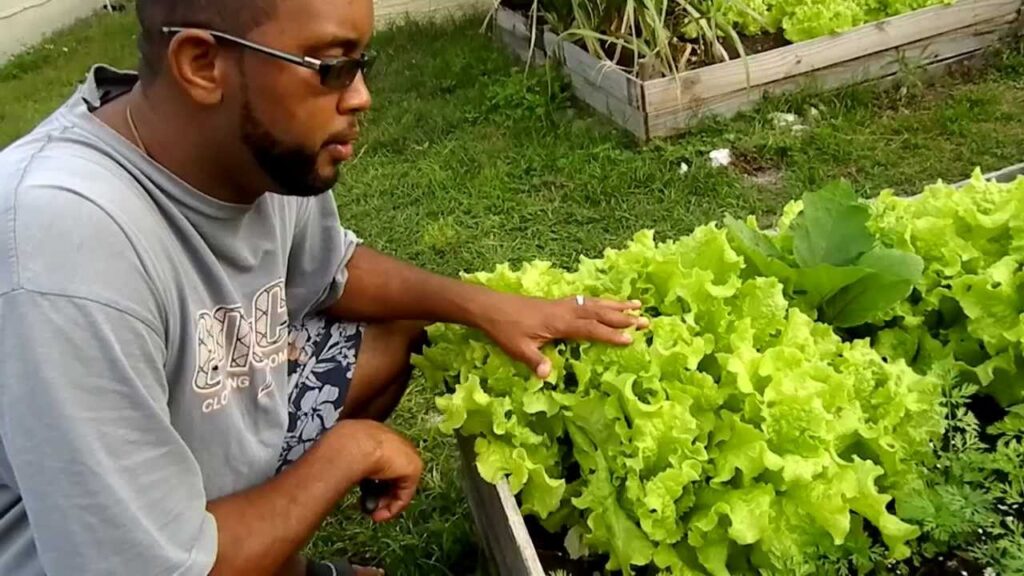
Additional Tips for Harvesting
Trimming Off the Outer Leaves
When using the cut-and-come-again method, be sure to trim off any damaged or yellowed outer leaves. This will allow the plant to focus its energy on producing new, healthy leaves. Regularly pruning the lettuce will also help maintain its shape and prevent overcrowding.
Washing and Drying Lettuce
After harvesting, it is important to wash the lettuce to remove any dirt or debris. Fill a large bowl or sink with cold water and gently submerge the leaves. Swirl them around to dislodge any dirt, then remove them and rinse under running water. Shake off excess water or use a salad spinner to dry the lettuce before storing or using.
Using Harvested Lettuce in Recipes
Black Seeded Simpson lettuce is incredibly versatile and can be used in a variety of recipes. Its mild flavor and tender leaves make it perfect for fresh salads, sandwiches, wraps, and even cooked dishes. Experiment with different combinations of ingredients to create refreshing salads or add the lettuce as a garnish to your favorite meals.
Storing and Using Harvested Lettuce
Storing in a Plastic Bag
To keep the harvested Black Seeded Simpson lettuce fresh, store it in a plastic bag. Place the washed and dried leaves in a resealable plastic bag, squeezing out any excess air before sealing. Store the bag in the refrigerator’s vegetable crisper drawer, which maintains a cool and slightly humid environment.
Keeping Lettuce Fresh
To extend the freshness of the lettuce, consider adding a paper towel to the plastic bag. The paper towel will help absorb excess moisture and prevent the lettuce from wilting. Replace the paper towel if it becomes damp. Properly stored, Black Seeded Simpson lettuce can stay fresh for up to one week.
Creative Ways to Use Lettuce
In addition to traditional salads and sandwiches, there are many creative ways to use Black Seeded Simpson lettuce in your recipes. Try using the leaves as a lettuce wrap, filling them with your favorite ingredients such as grilled chicken, vegetables, or tofu. You can also blend the lettuce into smoothies or use it as a bed for fish or other protein dishes.
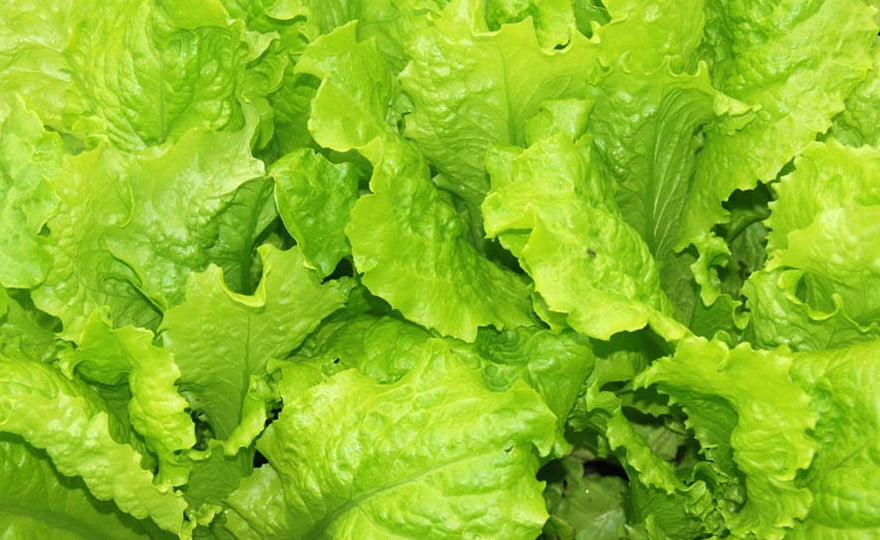
Common Harvesting Mistakes to Avoid
Harvesting Too Late
One common mistake when harvesting Black Seeded Simpson lettuce is waiting too long. Overly mature lettuce leaves can become tough, bitter, or develop a yellow discoloration. To enjoy the best flavor and texture, harvest the lettuce at the appropriate size and before it starts to bolt.
Damaging the Lettuce
When harvesting, take care not to damage the lettuce or its neighboring plants. Use sharp and clean tools to make clean cuts, minimizing the risk of introducing infection or causing unnecessary stress to the plant. Avoid tugging or pulling on the leaves, as this can damage the root system.
Not Harvesting Continuously
If you are using the cut-and-come-again method, it is important to harvest the lettuce continuously. Regularly remove the outer leaves to encourage new growth and prevent overcrowding. Neglecting to do so can inhibit the plant’s ability to produce new leaves and result in a reduced yield.
Conclusion
Harvesting Black Seeded Simpson lettuce is a rewarding experience that allows you to enjoy the freshness and taste of homegrown produce. By understanding the characteristics of the lettuce, properly caring for the plants, and identifying the optimal time for harvest, you can ensure a bountiful and delicious harvest. Remember to store the lettuce properly and explore various ways to incorporate it into your meals. With these tips, you can confidently grow and harvest Black Seeded Simpson lettuce in your own garden. Enjoy the process and savor the flavors of this delightful leafy green!
